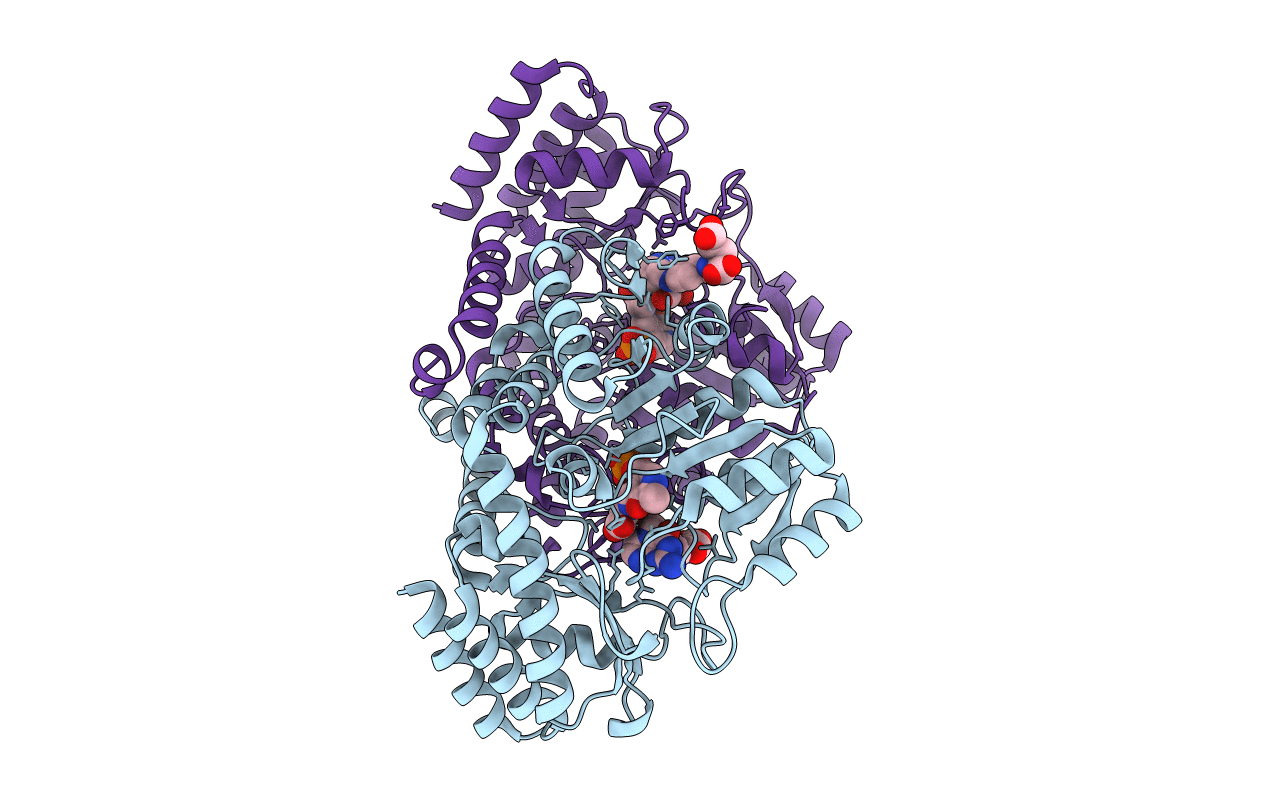
Deposition Date
2001-12-11
Release Date
2002-07-10
Last Version Date
2023-08-16
Entry Detail
PDB ID:
1KL2
Keywords:
Title:
Crystal Structure of Serine Hydroxymethyltransferase Complexed with Glycine and 5-formyl tetrahydrofolate
Biological Source:
Source Organism:
Geobacillus stearothermophilus (Taxon ID: 1422)
Host Organism:
Method Details:
Experimental Method:
Resolution:
2.70 Å
R-Value Free:
0.23
R-Value Work:
0.20
Space Group:
P 1 21 1


